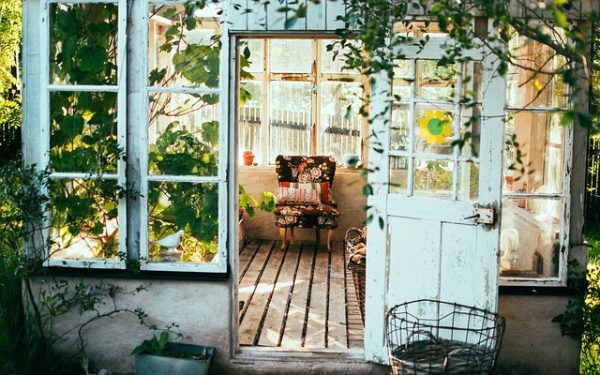Green construction has gotten a lot of attention lately, but some homeowners haven’t grasped the basics of green interior design, which can be just as important. This could be a huge missed opportunity in your case, and may need to be made more of a priority in the future.
What is Green Interior Design?
The first question people often ask is: What exactly is green interior design? It’s not literally green, of course, but green in the sense that it incorporates as many natural and eco-friendly elements, systems, and processes as possible.
For most people, the two biggest challenges are cost and availability. It’s often more expensive to locate sustainable choices, because they haven’t been readily available through traditional sales channels.
And as far as availability, we haven’t seen a range of options and diversity, in terms of stylistic preferences. Nonetheless, green interior design is becoming more practical.
The more people understand the importance of energy efficiency, the more they will seek to reduce their footprint in both the big and small areas of their lives. This drives green design, and will continue to do so in the coming years.
Four of the Top Suggestions for Eco-Friendly Design
Green interior design depends on getting the details right. If you can do that, the big picture will coalesce. Here are a few tips:
1. Use Natural Materials
The best way to get started with eco-friendly interior design is to use as many natural materials as possible. By replacing resource-intensive, toxic materials with safe, sustainable alternatives, you’ll make your home safer, healthier, and more inviting.
Here are a few examples of steps you may take:
? Window treatments tend to be an afterthought for most homeowners, but they play a significant role in the temperature, lighting, and aesthetic appeal of a room. For an eco-friendly option, take a look at bamboo shades. They’re made with natural materials and minimally invasive harvesting practices.
? Have you ever seen cork floors? Not only do they look cool, but they’re also eco-friendly, antimicrobial, and water-impermeable. (And don’t worry, they feel closer to hardwood than a sponge.)
Finding and using natural materials will require you to put in extra time and expense, but it will be worth it. You’ll achieve a look that’s unique, fresh, and modern.
2. Improve Energy Efficiency
Energy efficiency is one of the underlying principles of green interior design. You want to keep the inside air in, the outside air out, and your use of electricity down. This can be done through the installation of smart appliances as well as by conducting an energy audit and addressing any issues that emerge.
3. Pursue Minimalism
Being eco-friendly may be as simple as decluttering your home and getting rid of the junk you no longer use. Minimalism isn’t about being cheap or simple. It’s about investing your time and money into quality, functional items that serve a clear purpose. This approach aligns well with sustainability.
4. Bring the Outdoors Inside
Nearly every synthetic product you introduce into your home releases some level of volatile organic compounds (VOCs). Studies from the EPA show that HEPA filters for vacuums and ventilation systems only do so much to filter out such toxins.
A better way to combat VOCs is to bring the outdoors inside, in the form of plants and greenery. As Cynthia Bowman writes for Freshome.com, “Plants take in carbon dioxide and return oxygen to the air instead. They also absorb toxic chemicals and release harmless by-products, as well as soaking up heavy metals deep into the plant tissues-away from you.”
Plants also make your home look cleaner and fresher: something that’s vital in eco-friendly interior design. Make it a point to have at least one plant per room (and ideally more).
Put Your Best Foot Forward
In the current marketplace, it’s challenging to go eco-friendly in every facet of interior design. There simply aren’t enough products and processes to make sense on a project-by-project scale. However, as this article suggests, you can get started in plenty of ways.
Where will you begin?
 Gearfuse Technology, Science, Culture & More
Gearfuse Technology, Science, Culture & More



